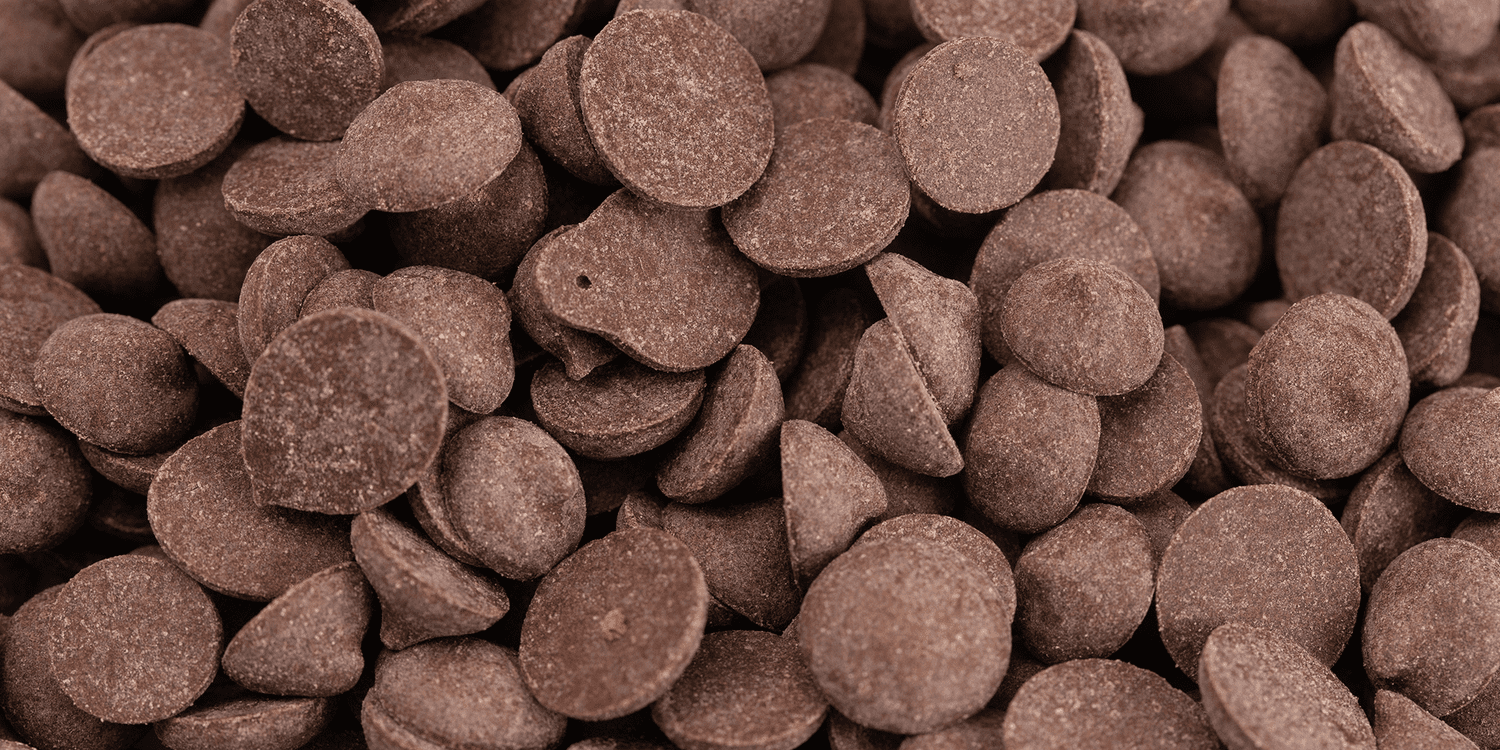We swear by our vacuum sealers for cooking sous vide and to extend the life of our precious protein investments. In fact, a vacuum sealer is almost definitively THE kitchen tool that saves us the most money.
Properly sealing and storing food—including pricey pieces of beef, fish, pork, and lamb—prevents oxygen exposure that can lead to bacterial growth and drastically reduces the risk for moisture loss that might lead to freezer burn. That’s exactly why often times meat is sold in vacuum sealed packages at the grocery store. Vacuum sealing can save most ingredients for at least twice as long, and depending on the particular item, for up to four(!) times as long. (P.S. Vacuum sealers can also help preserve dry goods, produce, and dairy products, so don’t miss our guide to the best vacuum sealers on the market.)
But sometimes when you open up that package of vacuum-sealed meat a sulphuric smell leaches out—even when the product is within its expiration date. The most common vacuum-sealing-related question, according to both Allrecipes staff and readers? “Why does my vacuum-sealed meat smell? And should I be worried if it does?”
Ahead, we have the dish about everything you need to know about vacuum-sealed meat safety.
Why Does Vacuum-Sealed Meat Smell Sometimes?
It’s totally normal for meat to change color and odor over time. (Regarding the color, it shouldn’t be green or moldy, but might appear darker in hue. This is normal.)
When you open a vacuum-sealed package, you might notice a slight tangy, sour, or sulfuric odor, which is often the result of the protein being packed alongside its own juices. Lactic acid builds up inside the sealed package, which is simply a sign that the protein has been preserved properly. The tart smell should dissipate within 30 minutes or so.
Has My Vacuum-Sealed Meat Gone Bad?
If a strong aroma remains after half an hour, or if the odor errs more on the rancid egg side, it may be spoiled. Here are signs your vacuum-sealed meat might be past its prime:
- The seal feels loose or slack before you try to open the package
- The protein has a sticky, slimy, or gooey texture
- You notice a vile odor that won’t go away, even if you rinse the protein and pat it dry with paper towels
- The protein emits a foul odor along with appearing to have a green or gray tint
- The meat or fish releases a distinct and unusual smell during the cooking process
- It is past its best-by date (if purchased) or has been refrigerated or frozen for longer than recommended by the USDA
Rather than risk food poisoning, the old adage holds true: “when in doubt, throw it out.” If you’re unsure if the meat you’ve unsealed is safe, it’s best to toss it and start fresh.
The Bottom Line
Vacuum-sealing is a stellar way to safeguard your valuable proteins (and other ingredients) for at least twice as long as if you skipped the sealing step. It’s totally normal and expected for vacuum-sealed proteins, in particular, to darken in color and exude a subtle sour smell. That should waft off and tame down within 30 minutes or less.
Vacuum-sealing is not a foolproof process, though. A minor “oops!” along the way—during the sealing and storage steps—can cause your meat, fish, or seafood to spoil before you might expect. So if the protein you open up has a powerful, rotten egg-like odor, seems slimy or sticky in texture, emerges more green or gray than its usual color, or has come from a package with an already-broken seal, don’t risk eating it. Throw away the protein, try something different for dinner tonight until you can restock your stash.




